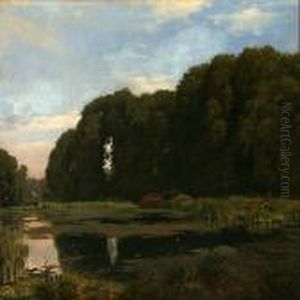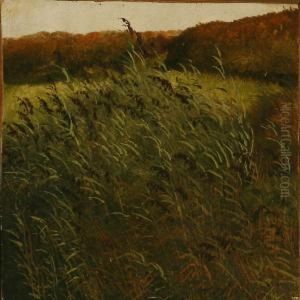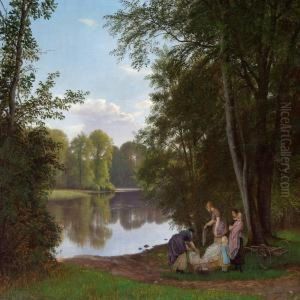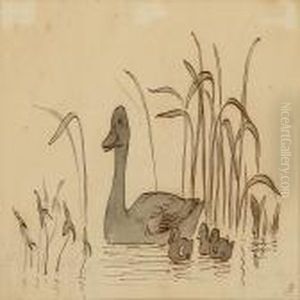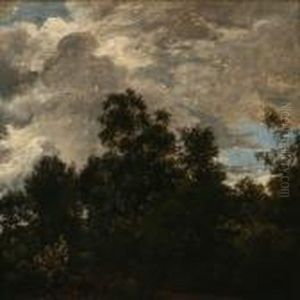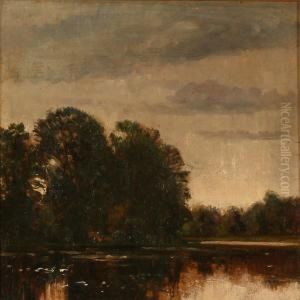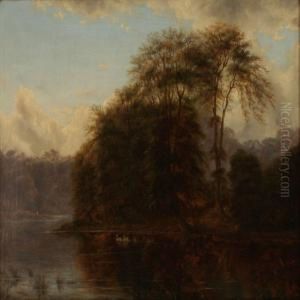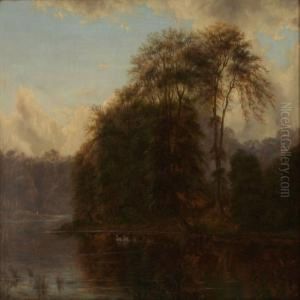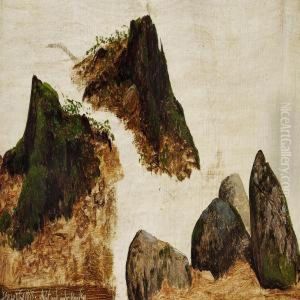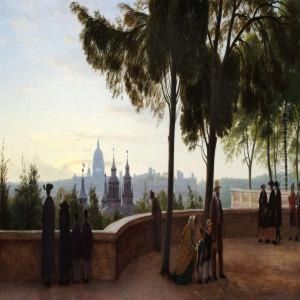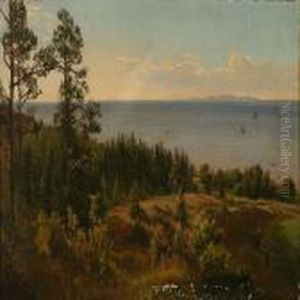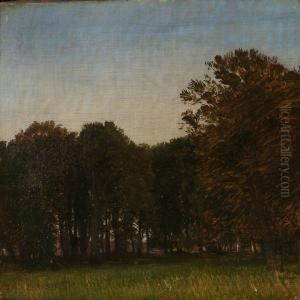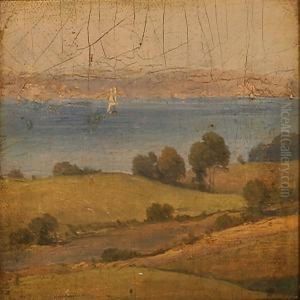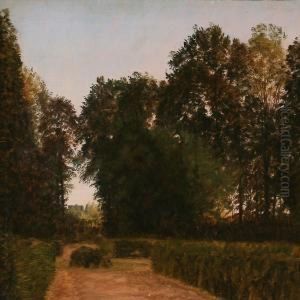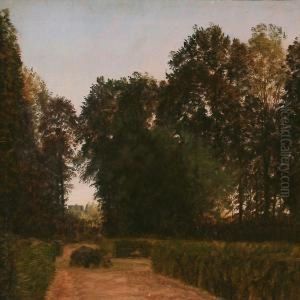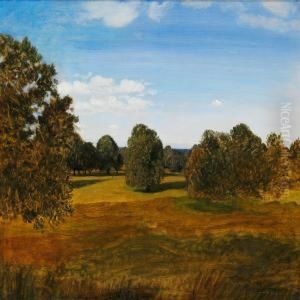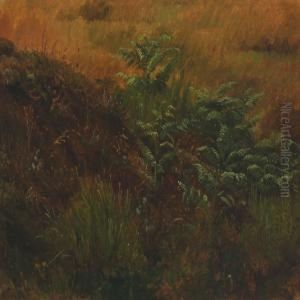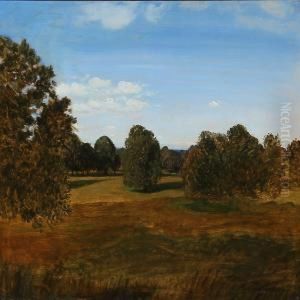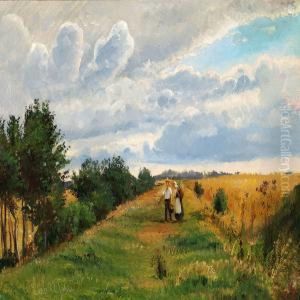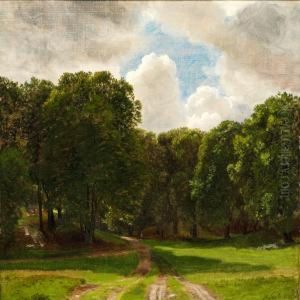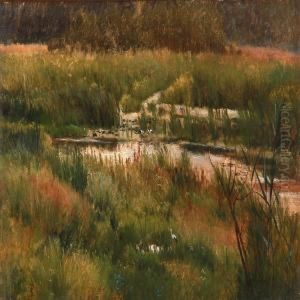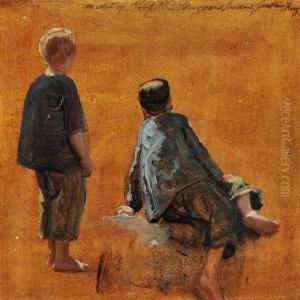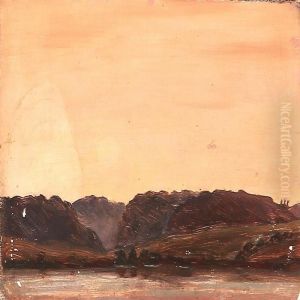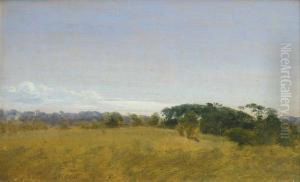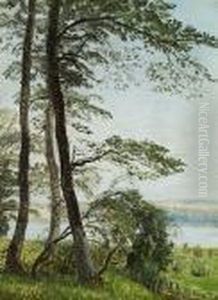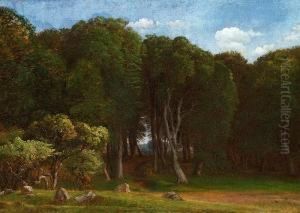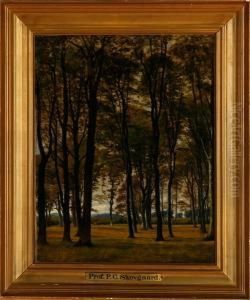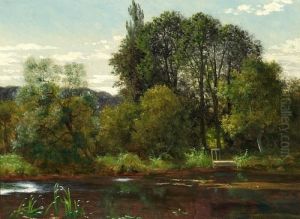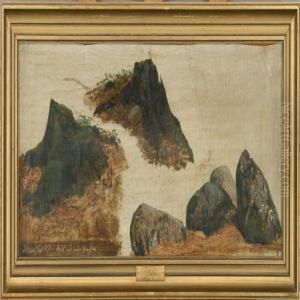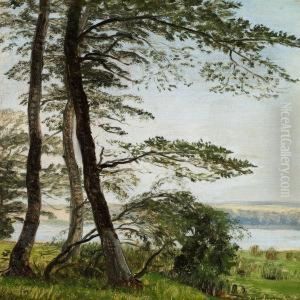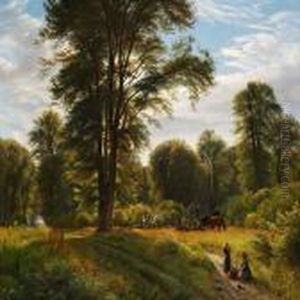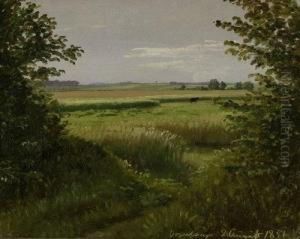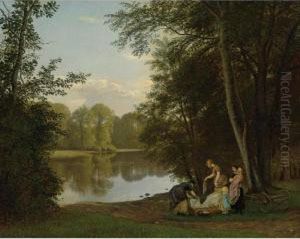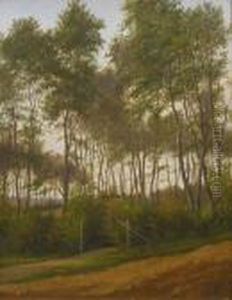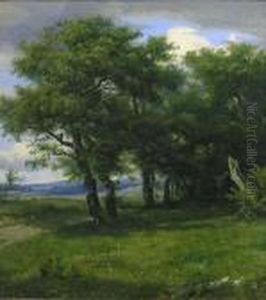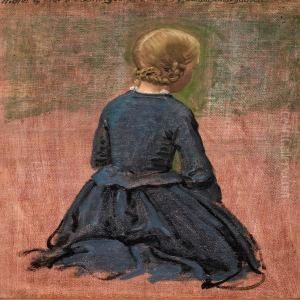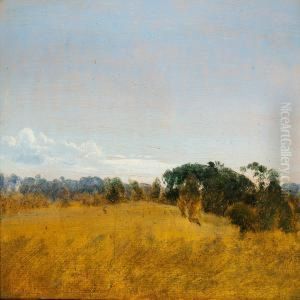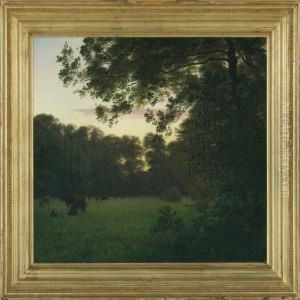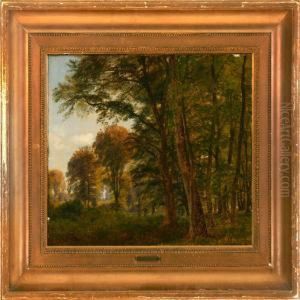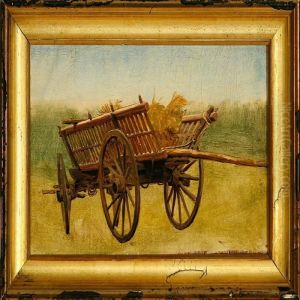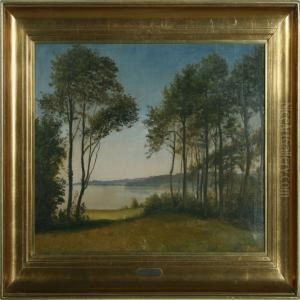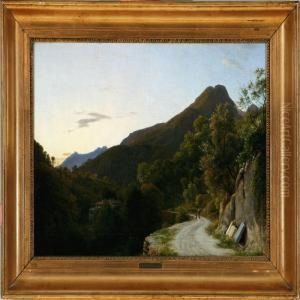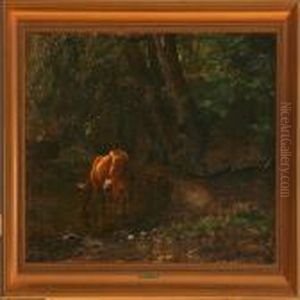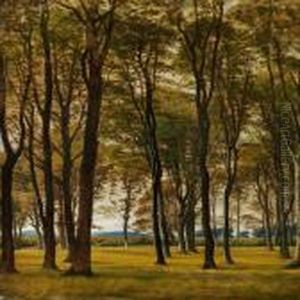Peter Christian T. Skovgaard Paintings
Peter Christian Thamsen Skovgaard, often known simply as P.C. Skovgaard, was a Danish national romantic landscape painter who is among the most prominent figures in the Golden Age of Danish Painting. He was born on April 4, 1807, in Ringsted, Denmark, and demonstrated an early talent for art.
Skovgaard attended the Royal Danish Academy of Fine Arts in Copenhagen from the age of eleven, where he was trained in the classical tradition of landscape painting. However, he soon developed a style that reflected a more nationalistic and romantic sentiment, which was characteristic of Danish art during that period.
His landscapes are notable for their poetic and often idyllic portrayal of the Danish countryside. Skovgaard found inspiration in the natural beauty of Denmark's forests, coastlines, and rural vistas. His use of light and color and his attention to detail helped to convey the mood and atmosphere of the scenes he depicted.
One of Skovgaard's most recognized works is 'View from Frederiksborg Castle,' which was painted in 1834 and celebrates the grandeur of the Danish landscape. Throughout his career, Skovgaard remained committed to capturing the essence of Denmark's natural environment, and he is credited with helping to develop a national consciousness through his art.
Skovgaard was not only a painter but also a teacher. He taught at the Royal Danish Academy of Fine Arts, influencing the next generation of Danish artists. His sons, Joakim and Niels, also became accomplished artists, continuing the family's artistic legacy.
Throughout his life, Skovgaard received numerous accolades for his contribution to Danish art. He was appointed a member of the Royal Danish Academy of Fine Arts and received the Order of the Dannebrog, a prestigious Danish honor.
P.C. Skovgaard died on April 13, 1875, in Copenhagen. His works continue to be celebrated in Denmark and internationally, and many are housed in major museums, including the National Gallery of Denmark. Skovgaard's dedication to capturing the beauty of the Danish landscape has secured his place as a central figure in the history of Danish art.
